Intro
Considered the pride of Scotland, the Clydesdale is a heavy draft breed native to Lanarkshire in Scotland (the districy used to be called Clydesdale).
Read more
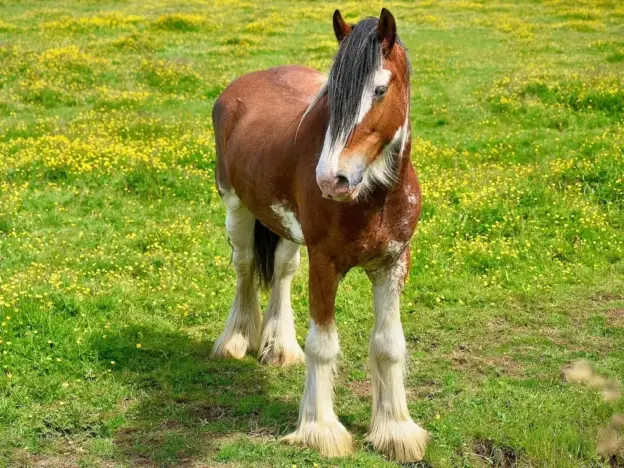
Considered the pride of Scotland, the Clydesdale is a heavy draft breed native to Lanarkshire in Scotland (the districy used to be called Clydesdale).
Read more
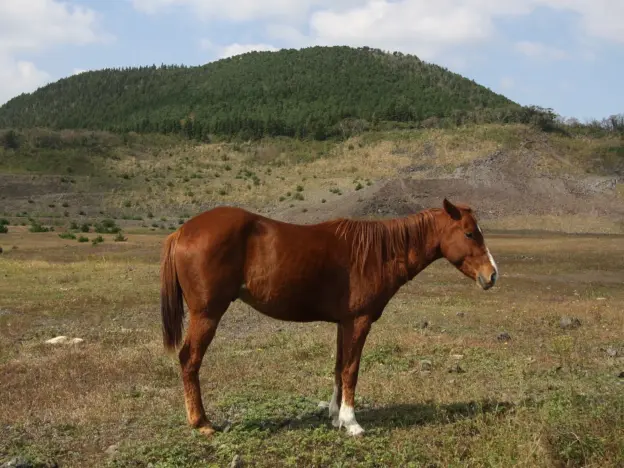
These ponies come from the Cheju or Jeju island off the coast of South Korea. From the years 935 – 1910 this province was used as a place of political exile as well as a place for grazing horses.
Read more
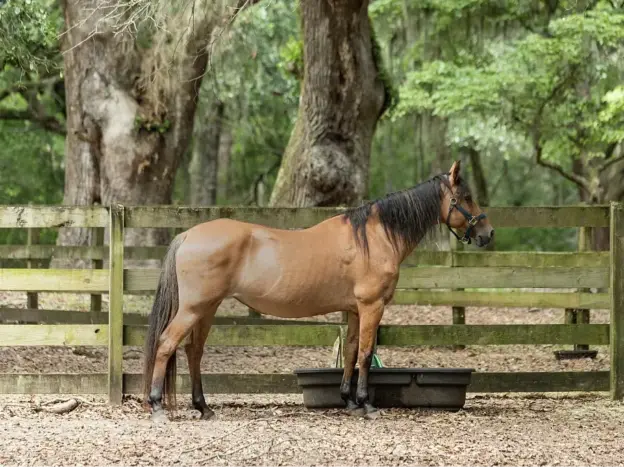
Although the word tacky is often thought of as cheap, it was used to describe the Marsh Tacky simply because they were so common in the swampy areas of South Carolina and Georgia.
Read more
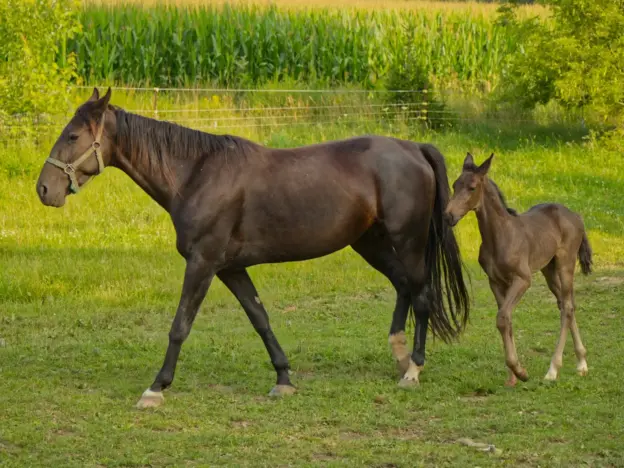
Closely related to Canadian horses, the Canadian Pacer comes from the same initial stock of French horses sent to the New World during the mid to late 17th century.
Read more
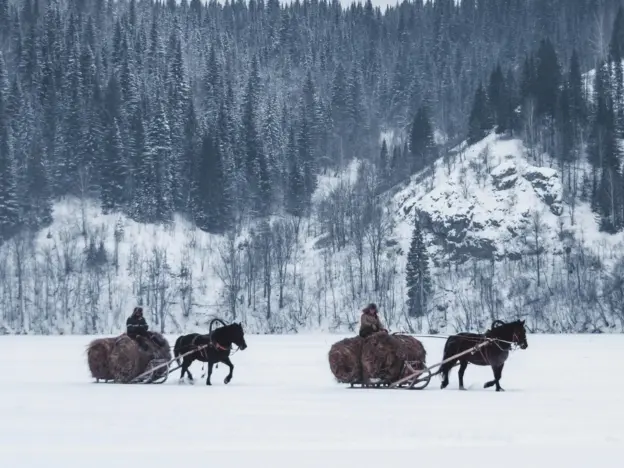
The Bityugskaya, Biçuk or Bityug was a handsome trotting breed that originated in Russia by order of Tsar Pierre Le Grand.
Read more
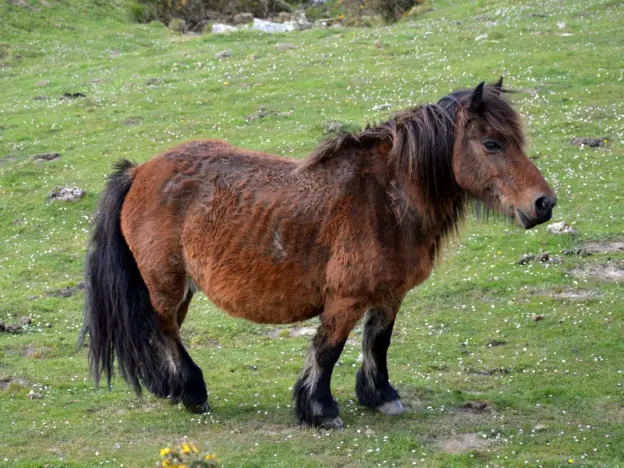
Also called Basque Ponies, Poney Vasco and Pottoka, Pottoks are left to live wild in the Pyrenees of the Basque Country in Spain and France. The last Wednesday of January they are rounded up, their numbers cut for market and the remaining animals are branded, then released again.
Read more
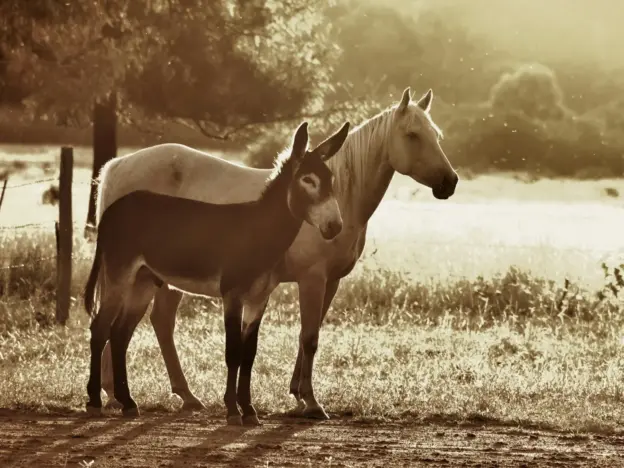
Well-suited for desert climates, Donkeys became an integral part of the transport in Australia up until the 1930’s. In fact, these animals do so well in the Australian climate that their feral numbers have grown to the point of becoming a nuisance.
Read more
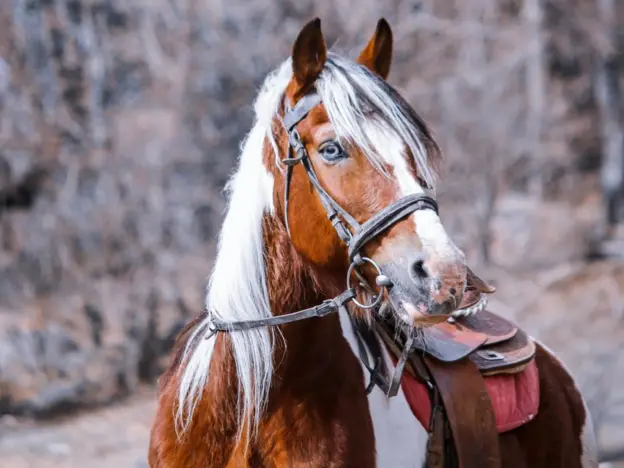
The main objective for breeders of the American Spotted Paso horse is combining the smooth gaits of the Peruvian Paso with the colorful coat patterns of the pinto.
Read more
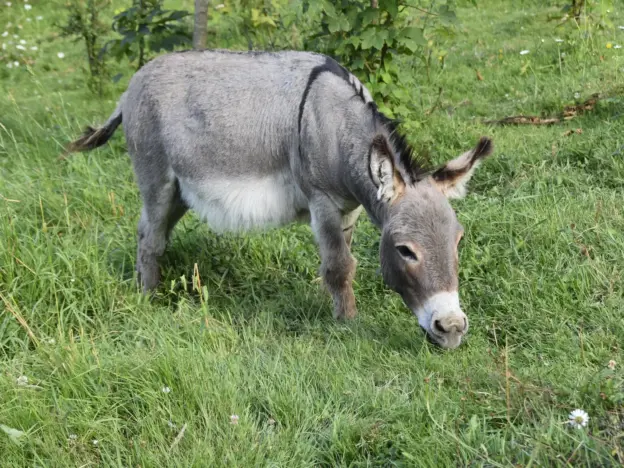
This is the smallest of the donkey breeds and they are known for their incredible strength and willing attitude.
The American Miniature Mediterranean Donkeys originated in southern Europe on the small islands of Sardinia and Sicily. In the 18th century they were primarily used indoors for grinding grain and as pack animals for mountain shepherds. The breed was introduced to the US in 1929 when the first imports were received by Robert Green on his stud farm in New Jersey.
“Miniature Donkeys possess the affectionate nature of a Newfoundland, the resignation of a cow, the durability of a mule, the courage of a tiger, and the intellectual capability only slightly inferior to man’s.” – Robert Green
Today these tiny animals are almost extinct in their native lands, luckily they have become popular pets in the states, where their numbers continue to grow.
Under 36″ high
Compact and well proportioned
Grey dun w/chocolate highlights is most commonly found
black | sorrel | pinto | creme
Kind and easy going
Affectionate and intelligent
Mainly pets and show animals
*All links open in a new window
National Miniature Donkey Association
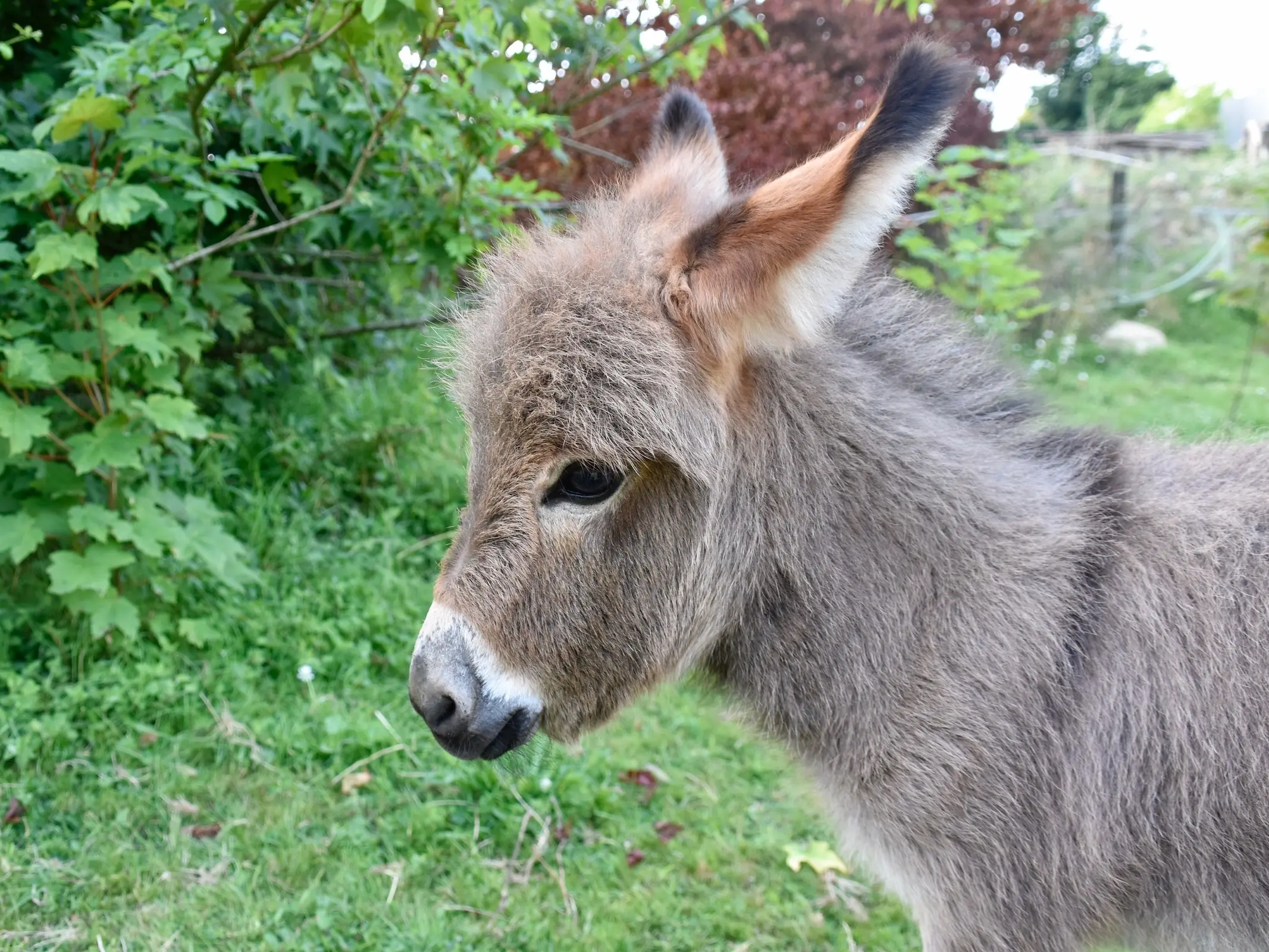
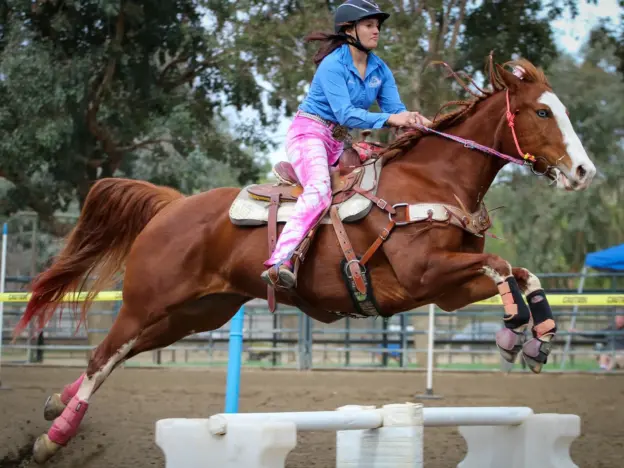
The paint is a performance type color breed and are often bred exclusively for their spotted pattern. Crosses to gaited, pony or draft breeds are not recognized by the registry, only Thoroughbred or Quarter Horse bloodlines are allowed.
Read more